A common saying goes: Even the finest tea, if left unused for a while, becomes no different from ordinary tea. In tea shops, the more upscale the store, the more refrigerators you'll find, aligning with improved living standards and heightened awareness of food preservation. While this seems advanced, it overlooks negative consequences.
First, people hesitate to buy tea freely, always calculating how much they can consume in a short time and worrying about storage after purchase.
Second, it encourages the premature sale of incompletely processed tea. Standard tea production requires achieving stable quality before release.
Third, it limits the development of 'aged tea,' reducing opportunities for tea lovers to enjoy it and compressing a market segment that could occupy one-third of the industry.
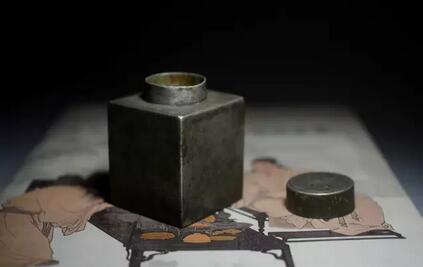
Older generations of tea masters often discussed storing new tea, pondering how to stabilize its quality so consumers wouldn't find it too 'cold' in nature and could enjoy it over time without flavor degradation. This consideration applies to all tea types, including traditional Japanese green tea, which is best consumed in autumn after spring harvest. This stability is what tea production calls 'refinement,' particularly the 'post-maturation phase' of finished tea.
This principle resembles woodworking: freshly cut and dried timber, even when meeting moisture requirements for furniture, often warps or cracks after crafting. Such wood retains activity and strong moisture absorption, leading to high failure rates in furniture. Thus, the refined practice is to age the wood before use.
Tea follows the same logic. When finished tea achieves stable quality, general dry food storage conditions—moisture-proof, light-proof, and odor-proof—suffice for six months to a year. Such tea can also develop unique 'aged tea' flavors over long-term storage.
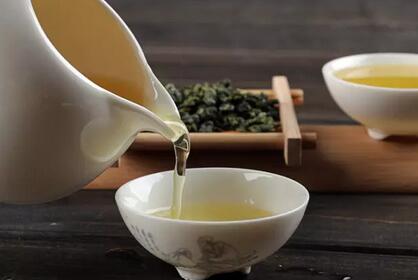
During storage, tea undergoes changes in aroma, liquor color, taste, and appearance as its fresh notes fade and aged characteristics emerge. Key factors affecting tea deterioration are temperature, moisture, oxygen, light, and their interactions.
Temperature: Higher temperatures accelerate browning; low-temperature refrigeration slows this process.
Moisture: Tea with over 5% moisture content degrades faster, accelerating oxidation of residual enzymes and color changes.
Oxygen: Oxidation reactions causing tea spoilage rely on oxygen presence.
Light: Exposure accelerates chemical reactions, notably degrading chlorophyll.
Thus, controlling storage temperature, maintaining proper moisture levels, limiting oxygen exposure, and avoiding light can delay tea deterioration.
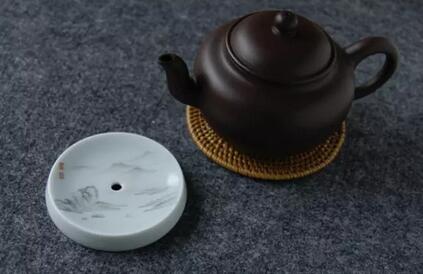
Some claim tea storage requires strict temperature and humidity control. Yet, most households lack dedicated spaces for a few pounds of tea, let alone professional factory-grade conditions.
So, how can families store various teas properly?
Green Tea
To preserve freshness or aromatic vitality, green tea or light oolong (e.g., Iron Goddess of Mercy) can be refrigerated at 0°C–5°C. Lower temperatures slow oxidation, delaying quality decline.
Yellow Tea
Store with desiccants in sealed containers, then refrigerate (around 5°C), avoiding proximity to odorous foods.
Black Tea
Though low in moisture, black tea is prone to dampness or aroma loss. Avoid mixing varieties; use airtight tins, bags, or thermoses. Pre-pack in plastic bags with air expelled and sealed for better aroma retention.
Oolong Tea
As semi-fermented tea, oolong stores easily. Porcelain, metal, or fabric bags work, but tin cans are ideal. Fill containers fully to minimize oxidation before sealing.
Dark Tea
Requires ventilation, dryness, and odor-free conditions. Avoid plastic seals; opt for breathable materials like kraft paper. For bulk storage, place activated charcoal nearby to absorb moisture and odors.
Compressed Tea (Cakes)
With proper care, many compressed teas improve with age. Store in dry, ventilated, odor-free spaces. The 'Ceramic Jar Aging Method' is recommended: blend old and new teas in a wide-mouth jar for balanced maturation. For immediate drinking, break the cake into loose leaves and store in a jar for two weeks to harmonize flavors between the looser outer layers and denser center.
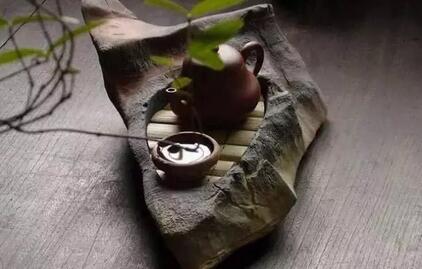
Lastly, a pro tip for loose tea: thermos bottles. Their minimal air and stable temperature excel for home storage.
Notes for thermos use: First, check insulation efficiency—discard if faulty. Second, fill the bottle completely with tea, leaving no air space, and seal tightly.
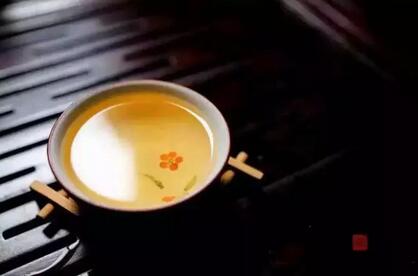
Tea isn't consumed in one sitting—especially premium varieties. While households rarely stock rooms of tea, most keep multiple types to suit family preferences. Proper storage ensures better flavor.
Across all distances, proper tea storage matters—won't you agree?